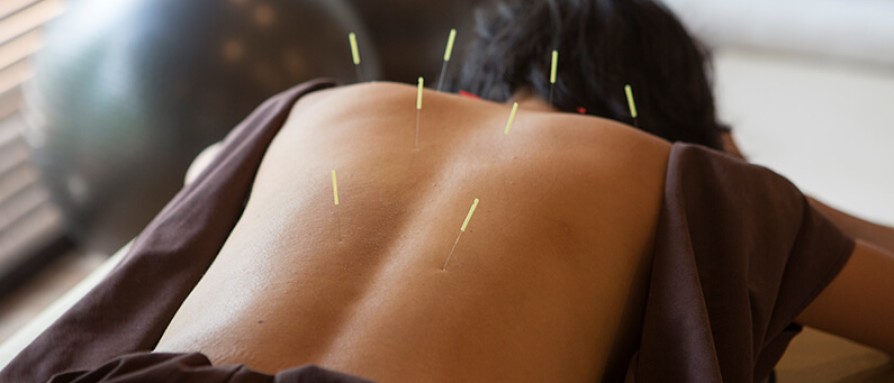In recent years, the number of people who have opted to get a tattoo has skyrocketed. Millions of people worldwide have covered their bodies with this permanent ink so that they can express themselves in whichever way they see fit. From spiritual meanings, family names, or even just pretty designs, bodies are often decked out with tats. However, not every tattoo is designed to last a lifetime, so some decide to cover it up, whereas others may decide to opt for Laser Tattoo Removal treatment. There are various reasons why someone may want to remove a tattoo, perhaps their tattoo is a name of a partner and they’ve broken up, perhaps they’ve had a fine tattoo and the ink has now spread or perhaps their tastes have just changed, and they no longer love their ink. No matter the reason, tattoo removal is a great option. Here’s a little insight into how the tattoo removal process works.
Consultation
Before having your tattoo removed at the Counterpunch Tattoo Removal clinic or any clinic you choose, you will need a consultation. This meeting allows the laser specialist to size up the tattoo and creates a plan for the removal. The smaller the tattoo, the fewer sessions you will need, and the quicker the tattoo will be removed. However, even the smallest of tattoos may need a handful of removal sessions and can take several months to completely disappear. Your type of skin and the age of your tattoo are also factors that need to be considered when removing a tattoo too. Older tattoos take longer to remove compared to fresh tattoos simply because the ink changes over time. For darker skin tones, which have more melanin, particular colors of ink cannot be removed. It’s also important to note here that tattoo removal is not an overnight fix and it can take some time.
Removal
The removal of the tattoo is pretty simple. A specialized laser works to break down the existing ink of a tattoo. As the laser is zapped onto the tattooed area, it will break the tattoo particles down into such small pieces that the white blood cells in the body will then absorb those ink particles and make the tattoo vanish. However, in order for this to work, the laser needs heat to separate the particles so the whole process can be quite uncomfortable and sometimes even painful, depending on your pain threshold. The laser also needs some cool zaps too so that the now small particles can be pushed apart even further. The alternating heat and cooling zaps are the only way to completely break down the ink. Your session length may vary depending on how much the laser can remove and your tolerance to the laser sensation. For smaller tattoos, 3-5 sessions may be needed but for large tattoos, especially full-length arm and leg tattoos, 10+ sessions may be needed. You would need to look up how much does laser tattoo removal cost and what are the procedures involved so that you could be mentally ready.
Healing
After each session, the area which has been lasered will be quite tender to touch. It may also look discolored, almost like white frost, and may scabby too. This is just the skin healing itself. You may also experience some blistering from the heat that has been used but under no circumstance should you pick the dead skin, blisters, or scabs off. You should leave the area to heal. You can wash after a removal session but be gentle with the area and ensure that you just wash it with water, no harsh chemicals of any kind. If you’re planning on going out in the sun, you must wear sunscreen to protect the area. The laser exposes a lot of new skin which can be easily damaged by sun rays so you must wear sunscreen.
This is just a basic guide to tattoo removal and if you’re interested in removal, a consultation can walk you through the whole process a little better. Just remember, make sure you’re certain about any tattoos before getting them to avoiding having to go through the removal process altogether. You’ll save yourself a lot of pain!


